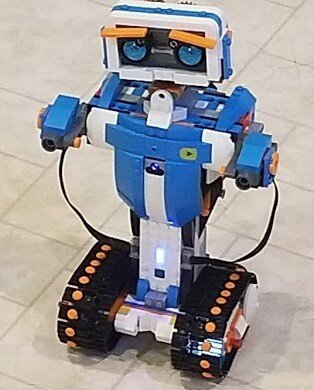It’s go time
That’s it. All of the stars have aligned and the pieces have fallen into place. We have a date, we have a location, we have a good amount of interest. It’s time to get your Dork on.
December 11th in the Dallas area, the Dorks will assemble. There has been a tremendous outpouring of support from industry friends and partners so we will be looking to put on the event at a low cost. While we will be charging $200 for registration, but the goal is to break even. Any funds leftover will either be donated to a charity of the Dorks’ choice, used for a group outing, or applied to any action items that the group. We will poll the attendees for their preference.
On the event website there is an Eventbrite registration widget that will allow you to register and pay. If you are a CDX Delegate, the CPC will have a discount code that will allow you to register free of charge. Make sure you check Slack to get your code.
So, remind me again what we’re doing at this event?
I really hope you get this…
No, no, no, not world domination, yet. The point of this event is for those who are passionate about bringing change to the construction industry, aka the Dorks, to get together with their counterparts from other sectors of the industry and try to get down to the roots of the problems and propose solutions that we can actually work to execute on in the coming year. These will be working sessions. We really want to come out of the event with actionable items to drive change in our beloved industry.
We are still collecting submissions for facilitators and people interested in attending. In the coming weeks, we will finalize the list of round table sessions and announce what topics we’ll be working on. The number of round tables will depend on the number of registrations so we can make sure all areas of the industry are represented at each table.
There are topics related to technology, but we’re not going to hone in on a technology specific theme. We want to learn from each other, of course, but we also want to try and see what we can do about some of the common complaints (#SharedPains) we all grumble about around the tables in the dimly lit bars at the various conferences when we all run into each other.
I just want to thank each and every one of you for reading what I post, for coming to speak to me at conferences, for showing the support you have for this event. This is YOUR event. This is intended to give you the voice you need and deserve. To make what we do better.
Go to Construction Dorks and register today!















